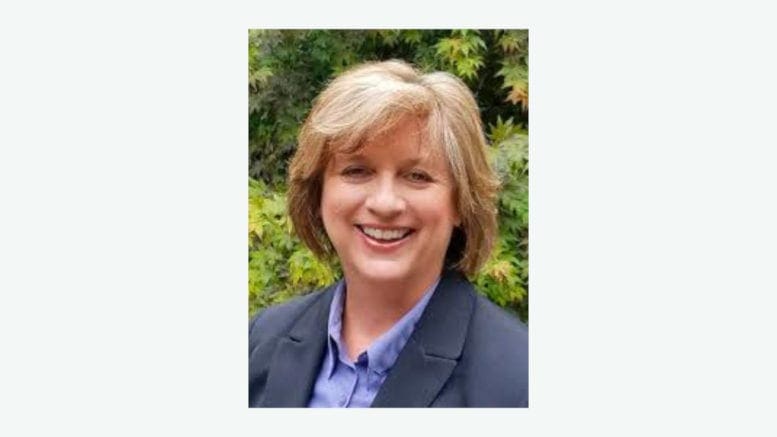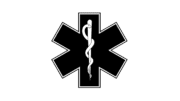By Melanie Dallas, LPC
[This is a guest article by Melanie Dallas, LPC, the Interim CEO of Cobb County Community Services Board]
As we observe Suicide Prevention Awareness Month in September, here are some of the key facts about suicide, who is most at risk, and what each of us can do to help prevent it.
Not only is suicide a tragic phenomenon sometimes linked to mental health challenges, it also has been increasing over the past several years—especially among young people. But perhaps the single biggest reason suicide remains a priority for behavioral health providers (not to mention families, schools, and communities) is that suicide is almost always preventable.
The facts about suicide have remained fairly consistent. Tragically, it impacts people of all ages in communities across the nation. According to the American Foundation for Suicide Prevention (AFSP), suicide was the tenth leading cause of death in the U.S. in 2018 (the most recent year of available data from the Centers for Disease Control and Prevention). More than 130 Americans die by suicide every day. Women are more likely to attempt suicide than men; men are more likely to complete suicide than women.
Suicide also impacts different communities differently. For example, the National Alliance for Mental Illness (NAMI) reports that while suicide is the second leading cause of death for people ages 10-34, it is the leading cause of death for Asian Americans ages 15-24. Further, lesbian, gay and bisexual youth are four times more likely to attempt suicide than straight youth, while
Transgender people are 12 times more likely to attempt suicide than the general population.
In Georgia, the statistics are comparable: suicide is the second leading cause of death for people ages 10-34, and four times as many Georgians died by suicide in 2018 than in alcohol-related motor vehicle accidents, according to AFSP. There were 1,569 deaths by suicide in Georgia in 2018 – approximately one every six hours – making Georgia’s suicide rate of 14.53 per 100,000 higher than the U.S. rate of 14.21.
Although mental health experts have studied suicide for decades, we still cannot point to a single cause. Researchers, according to NAMI, have identified several risk factors that include:
- A family history of suicide
- Substance use – drugs can create mental highs and lows that worsen suicidal thoughts
- Intoxication – more than than one in three people who die from suicide are under the influence of alcohol at the time of death
- Access to lethal means, especially firearms
- Serious or chronic medical illness
- History of trauma or abuse
- Prolonged stress
- A recent tragedy or loss
You may notice mental illness is not on this list. That’s because while some people who die by suicide have mental illness, many do not. The fact is people don’t end their lives because they don’t want to live; often they want to end what for them is an insufferable and hopeless situation. They are likely experiencing a very difficult and complex set of circumstances and may come to believe their life is worthless. A little compassion and understanding can go a long way in such a situation.
If you encounter someone who may be thinking about self-harm or suicide, reach out and help them get help. Suicide is preventable. The Georgia Crisis and Access Line can be reached at (800) 715-4225, and the national Suicide Prevention Lifeline is available at (800) 273-TALK. Both are available 24 hours a day. Cobb County Community Services Board offers behavioral health services both for crisis and non-crisis situations. To learn more, visit www.cobbcsb.com.
Melanie Dallas is a licensed professional counselor and Interim CEO of Cobb County Community Services Board, which provides treatment and recovery services for individuals with mental illness, substance use disorders, and intellectual and developmental disabilities. She is also the CEO of Highland Rivers Health, in a 12-county region of northwest Georgia that includes Bartow, Cherokee, Floyd, Fannin, Gilmer, Gordon, Haralson, Murray, Paulding, Pickens, Polk and Whitfield counties.





